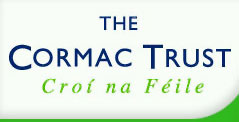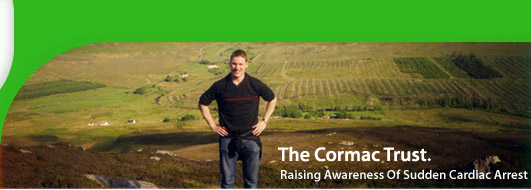Sudden Death Disorder Test Detects Many with Heart Condition
A substantial number of young adults, suspected of being predisposed to a heart disorder that is a leading cause of sudden death, are testing positive for the condition following MRI screening.
Concern about sudden cardiac death has been heightened in recent years, following a number of high-profile cases in young sportsmen such as the late Tyrone footballer Cormac McAnallen.
Arrhythmogenic right ventricular dysplasia (ARVD) is thought to be responsible for around 20 per cent of sudden cardiac deaths and occurs predominantly in males. The Mater, as the National Cardiothoracic Centre, has been using magnetic resonance imaging (MRI) to diagnose this potentially lethal condition since 2000.
“ARVD is a condition characterised by progressive fibrofatty changes in the free wall of the right ventricle of the heart,” said consultant radiologist Dr John Murray. Of 109 patients referred for a cardiac MRI last year, 27 were scanned for potential ARVD, and 12 of these tested positive for the disorder.
Traditionally, an angiogram and biopsy of the heart muscle would have been carried out in an effort to detect the disorder. “MRI is a better approach because it can detect the fat or heart muscle motion abnormality non-invasively,” said Dr Murray.
It is an outpatient procedure. People just come in and go home again an hour later,” he said.
There is a strong familial incidence of ARVD, with a family history of the disorder present in 30 per cent of cases. A genetic test to establish the diagnosis is not currently available.
Dr Murray said they had screened a number of families for the disorder. “Essentially it is a treatable condition,” he said.
While options include medication, most people diagnosed with ARVD have an implantable cardioverter-defibrillator fitted, according to consultant cardiologist Dr Joe Galvin.
In the event of an irregular heartbeat, this device immediately delivers an electrical shock to the heart that will restore a normal rhythm.
Dr Galvin said that, while they were starting to see more cases of ARVD, they were not screening normal healthy patients but only patients who exhibited risk factors for the condition. This, he said, was the reason why the pick-up rate was so high.
“Screening those people who have a family history of ARVD is a high-yield process and we are likely to observe that up to 40 per cent of these have the abnormality,” he said.
Andrea Craddock, an MRI clinical specialist radiographer, said that in the past couple of years the number of cardiac MRIs they had carried out had increased significantly, with referrals coming from as far away as Donegal, Leitrim and Kerry.
“People are becoming more aware of treatable causes of sudden death due to recent due to recent high-profile cases. Physicians around the country are also aware of the role of MRI in diagnosing ARVD,” said Ms Craddock. She said the next available appointment for a cardiac MRI was in September.
By Danielle Barron
(Irish Times, 23 May 2006)


